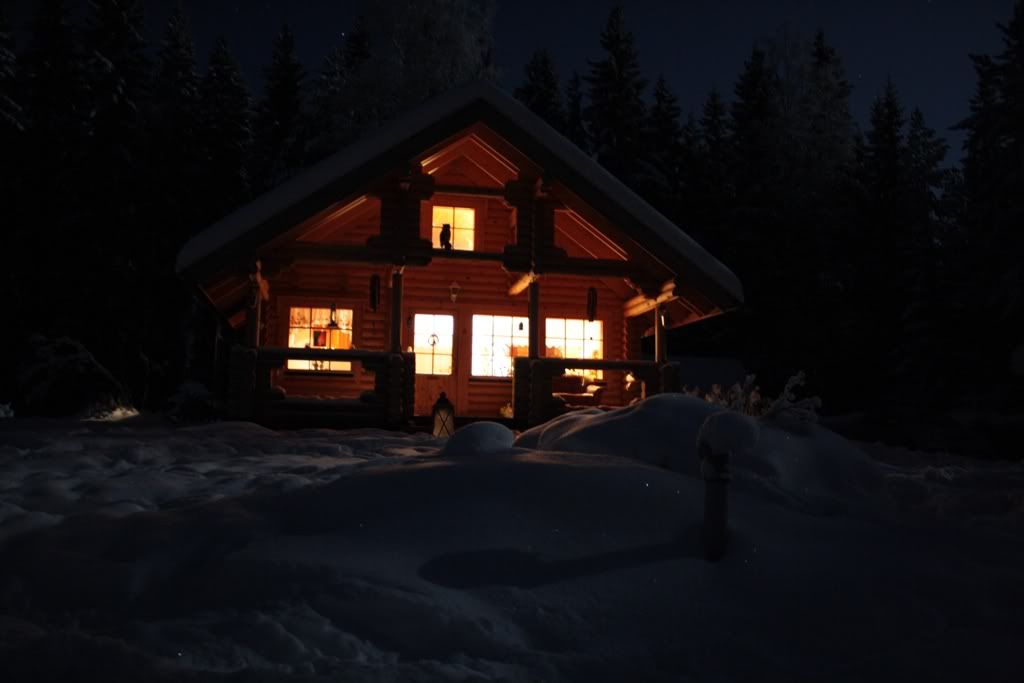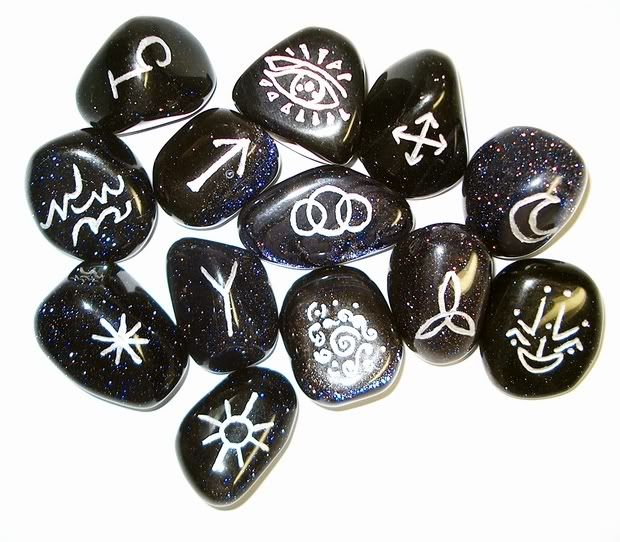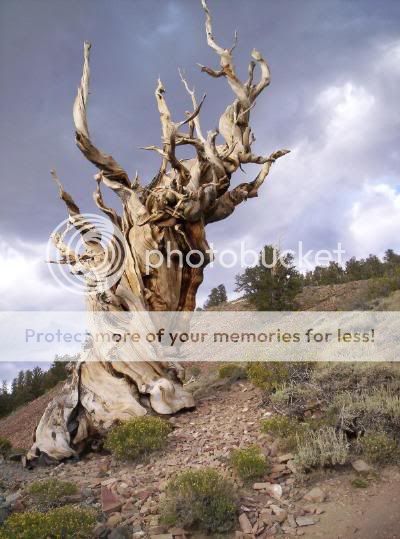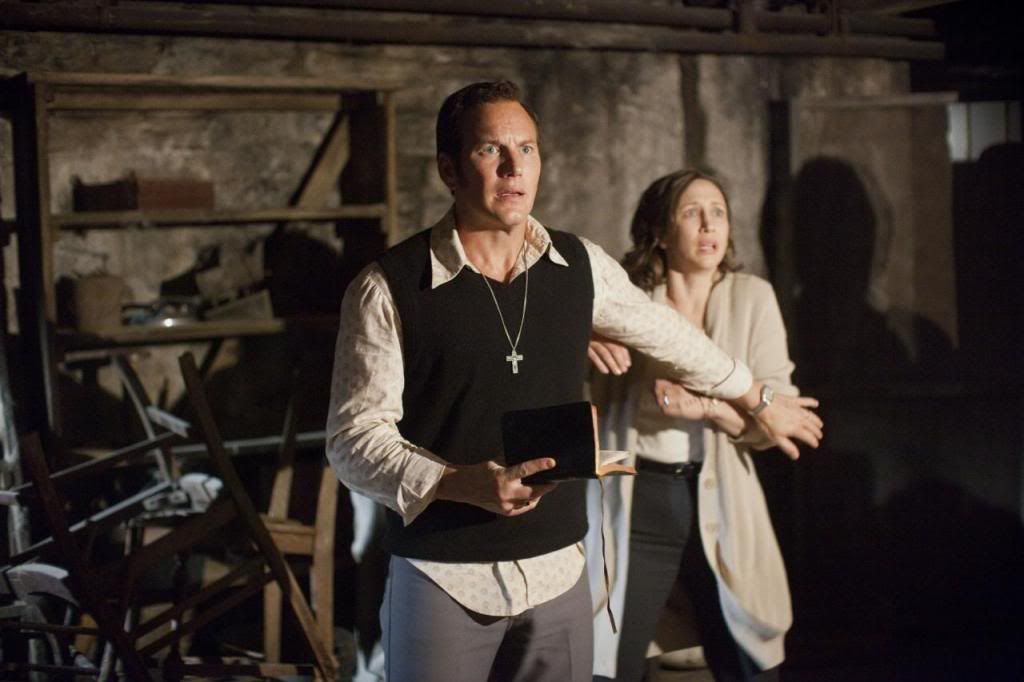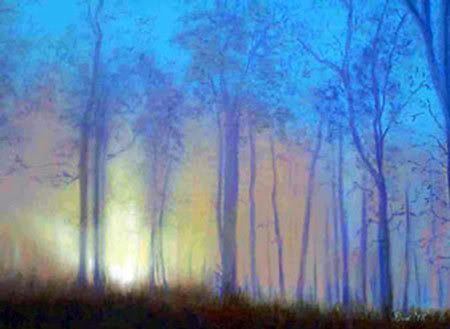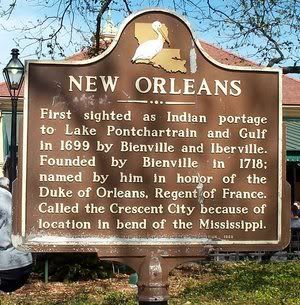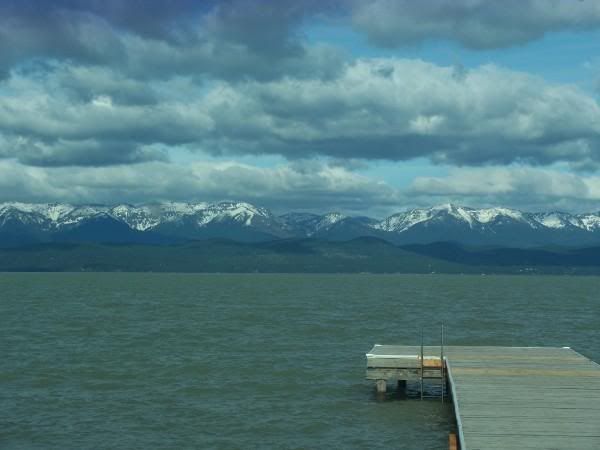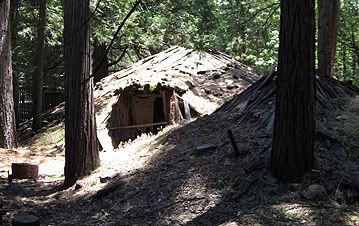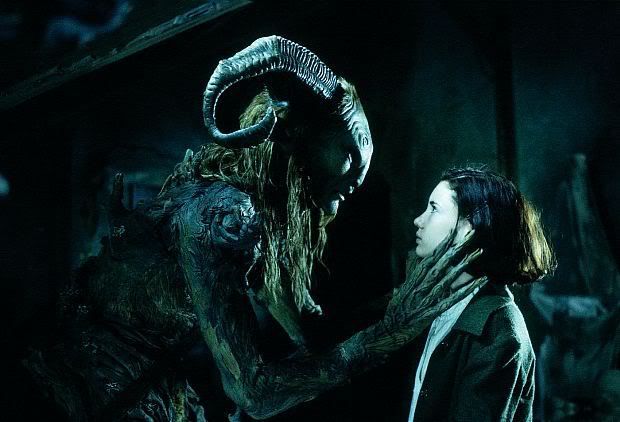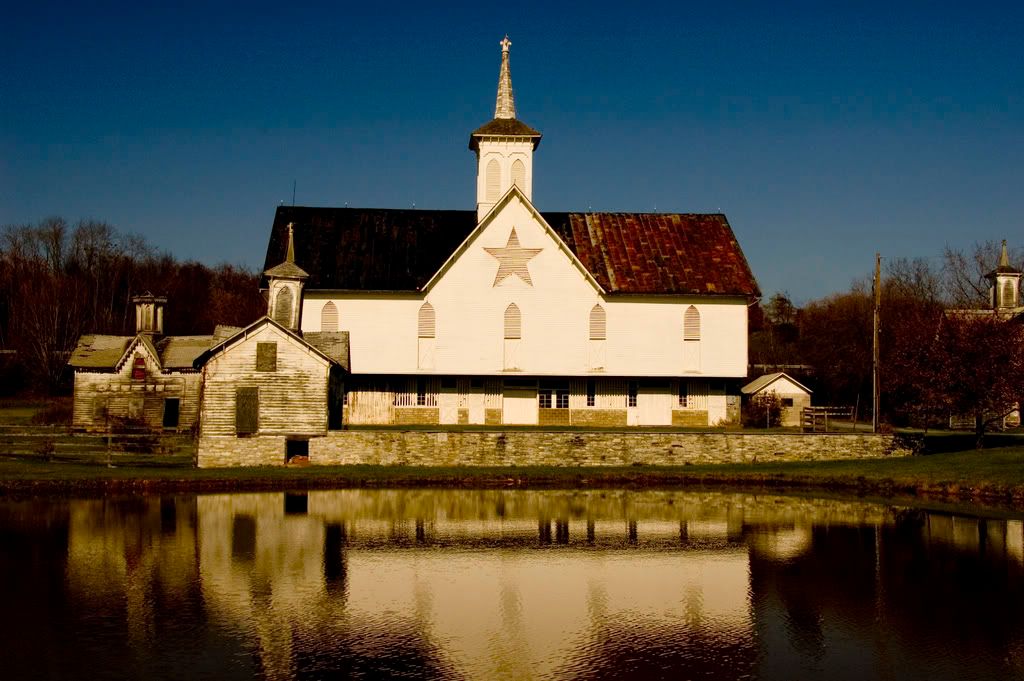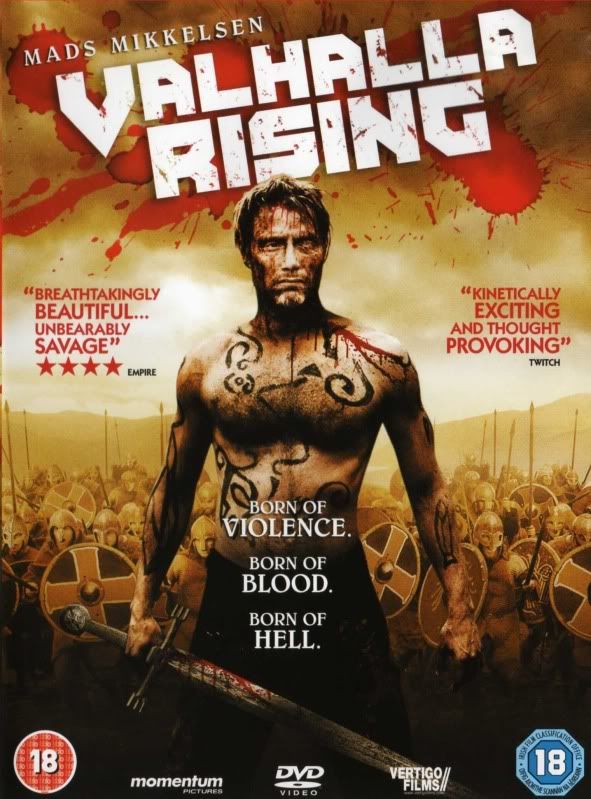 'Valhalla Rising' Wikipedia page (2009 film)
'Valhalla Rising' Wikipedia page (2009 film)Valhalla Rising is a 2009 English-language film directed by Nicolas Winding Refn, starring Mads Mikkelsen. The film takes place in 1000 AD and follows a Norse warrior named One-Eye and a boy as they travel with a band of Christian Crusaders in pursuit of a Crusade. Instead, they find themselves in an unknown and unfamiliar land. The film was shot entirely in Scotland. Title is derived from the combination of Kenneth Anger's 'Scorpio Rising' and 'Lucifer Rising' with a Viking-theme.
At the beginning of the movie, there is the following text:
IN THE BEGINNING THERE WAS
ONLY MAN AND NATURE
MEN CAME BEARING CROSSES
AND DROVE THE HEATHEN
TO THE FRINGES OF THE EARTH
This text suggests an Odinic theme. The "fringes of the Earth" meant Scandinavia. Recent Viking depictions on film look more Gaulish to me; maybe that's just how I perceive it. Anyway, according to Norse mythology, Odin sacrificed one of his eyes in order to gain the "Wisdom of the Ages." In addition, In a sacrifice to himself, the highest of the gods, he was hanged from the world tree Yggdrasil for nine days and nights, pierced by his own spear, in order to learn the wisdom that would give him power in the nine worlds (from the Odin Wikipedia page). The main character, One-Eye, was missing this left eye which is the same eye that Odin is depicted as missing. Also, at the beginning of the film, One-Eye is in chains or tied with rope. This suggests that One-Eye is an allegory for Odin; and he is consistently shown as having visions of future happenings.
Throughout the movie, a clear but subtle "Christian vs. Heathen" theme plays itself out. One Heathen early on says about Christians "They eat their own god, eat his flesh, drink his blood, abominable." The landscape of Scandinavia is shown to be very harsh, dark, misty, and foreboding. After achieving his freedom, he and his followers hook up with Norse Christian warriors who had just slaughtered a clan of Heathens. They are on their way to the Holy Land, Jerusalem, to fight for the Crusades. Although One-Eye does not speak, he seems to be a Heathen who slowly takes everyone to "Hell," which to me meant back to Heathen-style "evolutionary struggle."
According to the book 'Creed of Iron': The Aryan God Wotan is known to have sacrificed his left eye in the Well of Mimir to attain great knowledge, to split the veil of light into the knowledge of the infinite dark. This is all highly arcane and symbolic. The left eye represents the circular moon, the right eye, the circular sun. In the movie, One-Eye is so brutal and ruthless at times that I'm almost thinking that with his left eye gone (feminine energy), he is--symbolically-speaking--out of balance with only his right eye (masculine energy). Christianity, if you study it's Astrotheologic origins, is heavily "male energy," yet they are up against the Heathen One-Eye with perhaps the same energy unbalance.
.
Spoiler alert beyond this point!
.
.
.

When they finally make it out of a long, dark, foggy abyss, they find themselves in fresh inland waters; amid a land of mountains, lakes, and forests. They now believe that they're in Jerusalem; and I can't help but think that One-Eye, the symbolic "Odin," has somehow lured them to this place to teach them once-and-for-all about real evolutionary struggle... Heathen style! One-Eye symbolically marks this place by stacking stones by the waters. The new land seems to have some strange affects upon all of them. The ruthless leader of this band of Christian Crusaders stabs his longtime friend when he feels that he has betrayed him by following One-Eye... then proclaims "Only men of faith deserve the riches of my new Jerusalem."
At the end, after facing off against the Christians, One-Eye sacrifices himself to a tribe of Mongol warriors in order to save the young boy who has served him throughout the movie. Now, could that be symbolic of a "Christ-like figure?" Finally, there appears to be symbolism of One-Eye moving on to Valhalla. I found it interesting to try to pick up on the movie's symbolism; then later read narrative of the "five parts" or acts of the film to see how close I was or wasn't.
3-4-14 Addition: It has come to my attention that they had sailed--not eastward--but westward to North America. So then the final part of the movie was probably somewhere in what is today Canada, and the Mongol warriors were actually Amerindians.
.



